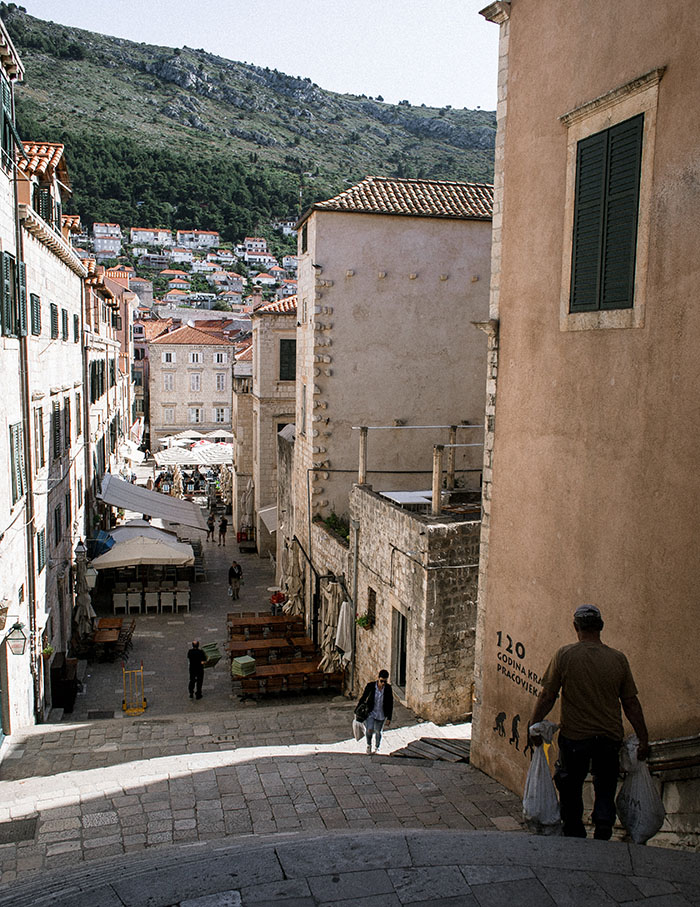#MoveTheDate
Applying the principle of the 15-minute city to our urban areas would move Earth Overshoot Day by 11 days.
What is the solution?
The 15-minute city is one where residents can meet most of their needs within a 15-minute walk or bike ride. Shops, parks, schools, and other services are all located near housing and connected by adequate pedestrian and bicycle infrastructure.
This solution improves our resource security in the cities category.
How does it #MoveTheDate?
The proportion of personal vehicle trips taken to and from work varies by region and often makes up a small share of the total trips. Approximately 70% of car trips are to a ‘third’ destination (neither home nor work). Ensuring that a significant share of these trips can be accomplished without a car would reduce carbon emissions.
How is it scalable?
Compact, walkable communities primarily exist near historic urban centers. However, thoughtful zoning and development has great potential to make living 15 minutes from most necessary services much more common.
What is the solution?
The 15-minute city is one where residents can meet most of their needs within a 15-minute walk or bike ride. Shops, parks, schools, and other services are all located near housing and connected by adequate pedestrian and bicycle infrastructure.
This solution improves our resource security in the cities category.
How does it #MoveTheDate?
The proportion of personal vehicle trips taken to and from work varies by region and often makes up a small share of the total trips. Approximately 70% of car trips are to a ‘third’ destination (neither home nor work). Ensuring that a significant share of these trips can be accomplished without a car would reduce carbon emissions.
How is it scalable?
Compact, walkable communities primarily exist near historic urban centers. However, thoughtful zoning and development has great potential to make living 15 minutes from most necessary services much more common.
The concept of cities emerged approximately around 6,000 years ago, a short time compared to the 200,000 years homo sapiens have been roaming the planet. In that time, urbanization has spread across all continents. Up until 150 years ago, the overwhelming majority of cities were 15-minute cities, for practical reasons, not because of the 15 minute concept. Anything else would have been unworkable; and minutes had not even been invented yet. Rome, with more than one million inhabitants during the peak of the Roman empire, may have been one of the earliest exceptions.
With the advent of cars and other means of motorized mass transport, cities became larger and less compact. Modern-day urbanists have advocated to reverse that trend and bring back urbanization. They include Jane Jacobs, Kirkpatrick Sale, or more recently Carlos Moreno, a French urbanist who introduced the 15-minute city. He defined it as a city where its inhabitants can meet all their needs within a 15-minute walk or bike ride.
Paris Mayor Anne Hidalgo used this concept as part of her successful 2020 reelection campaign. Many others have picked up on the idea and are now evaluating cities on their ability to provide 15-minute living.
The most extreme application of the 15-minute city concept is NEOM, the proposed linear city in Saudi Arabia stretching over 100 kilometers. Solar powered, and connected with a hyperloop train, the plans promise that people should be able to get from one point in the city to any other point within less than 20 minutes. The proposed plan has its skeptics.
More examples from around the world can be found at this Wikipedia entry.
There’s no benefit in waiting!
Acting now puts you at a strategic advantage in a world increasingly defined by ecological overshoot. Countless solutions exist that #MoveTheDate. They’re creative, economically viable, and ready to deploy at scale. With them, we can make ourselves more resilient and #MoveTheDate of Earth Overshoot Day. If we move the date 6 days each year, humanity can be out of overshoot before 2050.

